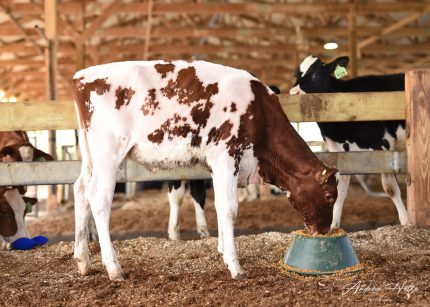

The new study is one of the first to compare continuous wildlife observations made before and after a megafire. (Photo by NOAH BERGER/AFP via Getty Images) Flames lick behind a Buddha lawn statue on Augin the Mendocino Complex Fire. Researchers analyzed more than 500,000 camera grid images taken at the HREC in the years before and after the Mendocino Complex Fire to understand how the blaze impacted mammals on the property. The Mendocino Complex Fire was one of the largest fires in California’s recorded history. “We were surprised that many species seem to be resistant to the impacts of the fire,” said Kendall Calhoun, a member of Brashares’ lab and lead author of the study. woodland savannas,” was published Monday in the journal “Ecosphere.”Ī helicopter drops water on the Mendocino Complex Fire as it burns through a canyon on Jin Lakeport, California. The study, titled “Mammalian resistance to megafire in western U.S. “Mere months after the fire, animals like bobcats, coyote, gray foxes and black-tailed jackrabbits were seen returning to the area, spotted by grid of motion-sensor camera traps that Brashares’ lab has operated since 2016 at the HREC,” researchers wrote.


A deer runs from flames in Clearlake Oaks, California, on August 4, 2018. Grassy, oak tree dotted hillsides around the center of Northern California rapidly transformed into smoldering, ash-covered “moonscapes.” The center is located on the banks of the Russian River, about 13 miles south of Ukiah. It was hard to imagine much surviving,” said Justin Brashares, an environmental science professor at UC Berkeley. “It felt like something out of the Lord of the Rings - like Mordor. (KRON) - Northern California’s wildlife is remarkably resilient during and after a “mega fire,” a new study on intense wildfires by UC Berkeley researchers found.ĭuring the summer of 2018, the Mendocino Complex Fire ripped through the University of California’s Hopland Research and Extension Center.


 0 kommentar(er)
0 kommentar(er)
